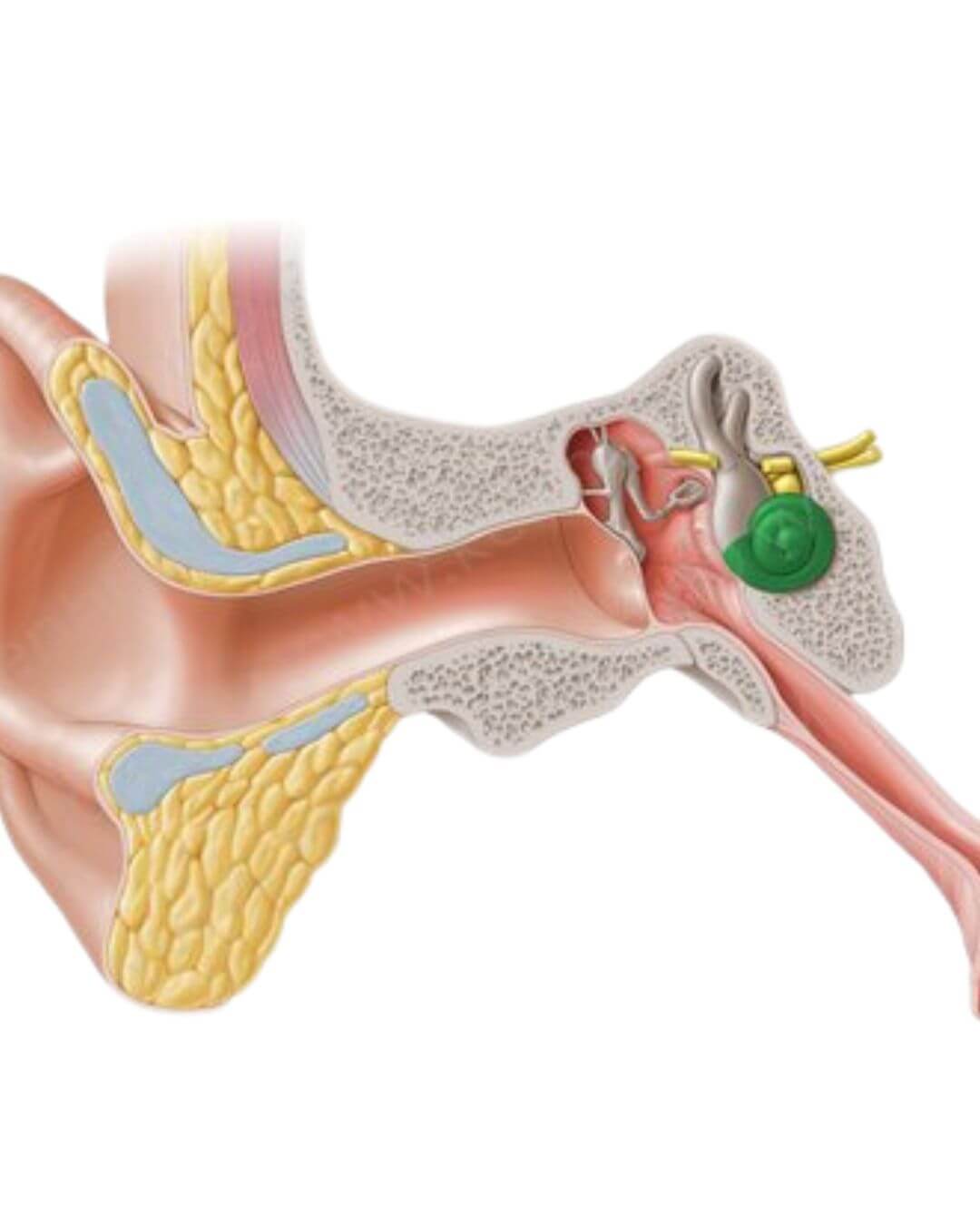Table des matières
As the Mozart bicentennial year of 1991 concludes, his music resonates more widely than ever, often enjoyed for leisure or ambiance. Yet, for tens of thousands at Tomatis Centers worldwide, Mozart’s compositions serve a deeper purpose—a therapeutic cornerstone of audio-psycho-phonology (APP). Drawn from a 1991 magazine article, this exploration reveals how Dr. Alfred Tomatis transformed Mozart into a tool for healing, inviting reflection on sound’s role in human potential and connection.
A Musical Legacy Reimagined
Mozart’s music, once confined to concert halls, now permeates therapeutic settings, aiding autistic children, enhancing singers’ voices, supporting dyslexics, and accelerating language acquisition. A striking example involves a pregnant woman in the Tomatis program who played Mozart daily; days after birth, her infant responded to headphones, hinting at prenatal auditory imprinting. This shift from entertainment to medicine underscores a growing recognition of sound’s therapeutic power.
The Tomatis Revelation
Dr. Tomatis, raised by an opera-singer father, trained as an ear, nose, and throat specialist. In the 1940s, testing airline workers, he uncovered a paradox: hearing test results varied with job security fears, revealing that listening—active sound processing—differed from mere hearing. Simultaneously, treating singers with vocal issues, he linked high-frequency hearing loss to exhaustion and poor communication. Inspired by animal studies, like Konrad Lorenz’s singing bird experiments and voice-trained ducklings, Tomatis theorized that sound, beginning in the womb, underpins learning and continuity.
The Womb’s First Symphony
The human ear, fully formed by four and a half months of gestation, detects high-pitched sounds via bone conduction within the amniotic fluid—mother’s heartbeat, breath, and voice, resembling ocean waves. This prenatal exposure shapes early language, explaining “baby talk” and infants’ responses to high-pitched songs. Disruptions—ear infections, trauma, or adoption—can sever this auditory lifeline, impeding development. Tomatis noted that 60% of children with language issues had ear infections during critical periods, and 30% of adopted children faced learning disabilities, highlighting sound’s foundational role.
Sound as Nourishment
Tomatis posited that the brain requires three billion stimuli per second, 60% from sound, to stay conscious. Dysfunctional listening slows this process, causing fatigue or depression. The ear’s vestibular system governs balance and posture—linked to coordination issues in hearing-impaired children—while the cochlear system processes sound into brain-nourishing electrical impulses. Chanting traditions, from Benedictine monks to Tibetan practitioners, leverage this, maintaining energy with minimal sleep. Tomatis observed that monasteries abandoning chants post-Vatican II declined, reviving only with resumed practice, underscoring sound’s vitality.
Mozart’s Therapeutic Edge
Experimenting with various music, Tomatis found Mozart universally effective, unlike Beethoven’s intensity or Chopin’s melancholy. Mozart’s high-frequency, uplifting compositions, filtered through bypass systems, stimulate brain pathways, though initially jarring. For those with traumatic births or adoption, the method recreates womb-like hearing—using filtered maternal voice or Mozart—via headphones and bone conduction, “exercising ear muscles.” Clients, including a child recalling the womb, show renewed communication, coordination, and energy, with dyslexics improving reading and adults mastering languages.
Philosophical Depths
Tomatis views listening as obedience—“reaching toward”—transforming relationships and connecting to a universal consciousness. Psychiatrist Ronald Minson likens Mozart to a “ladder to the Divine,” unlocking potential beyond trauma’s walls. Tomatis, sleeping four hours nightly with Mozart and chants, describes this as a “breath of life”—freedom, love, consciousness, or God. This holistic perspective, though lacking double-blind validation, drives clinical success, with parents of autistic children prioritizing results over awaiting scientific consensus.
Reflections and Horizons
This narrative highlights Mozart’s role as a bridge to healing, rooted in Tomatis’ insight that sound nourishes the brain and soul. While anecdotal, its impact on diverse conditions suggests broader implications for APP. Future research might quantify these effects, blending science with the method’s spiritual resonance.
Mozart’s legacy, reimagined as medicine, echoes a call to listen—within and beyond—nurturing human potential.
Context: Mohr, Chris. “Mozart as Medicine.” On the Air Magazine, December 1991.



